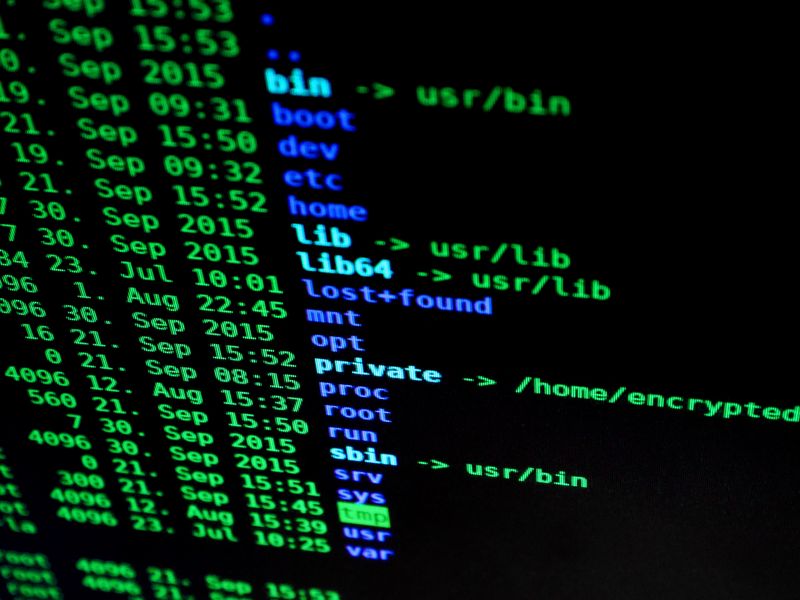New Research Enhances Vital Infrastructure Resilience Against Malevolent Attacks
Introduction
The increasing advancement of technology has brought about new threats to society’s critical infrastructures. These malevolent attacks, such as blackouts, water shortages, and transport collapses, not only come with a hefty price tag but also have the potential to cause chaos and harm communities. In response to this emerging danger, researchers from the University of British Columbia (UBC) Okanagan’s Faculty of Management have recently published a study that offers strategies to protect vital infrastructures from these attacks.
Understanding the Challenges
Dr. Amin Ahmadi Digehsara, a Postdoctoral Research Fellow, and Dr. Amir Ardestani-Jaafari, an Assistant Professor, emphasize the heavy reliance on interconnected systems and networks, including electricity, water, and transportation. They compare these networks to a series of roads and intersections, highlighting the risk of disruption caused by blockages resulting from attacks or disasters. To address this challenge, the researchers aimed to identify the most crucial roads and intersections, known as nodes and links, and strengthen them to ensure the smooth operation of the community.
The Gaming Strategy
To devise effective strategies, the researchers adopted a gaming approach, viewing themselves as city planners responsible for enhancing infrastructure resilience. This strategy involved a three-part game with a defender, an attacker, and another defender. The first defender made plans to strengthen the infrastructure, and the attacker aimed to find weak spots and cause damage. The second defender, equipped with quick moves, repaired the issues and navigated the damaged network. Through this gaming strategy, the researchers found ways to efficiently protect cities, even in the face of complex problems.
Implications and Benefits
The research outcomes demonstrated that by strengthening the most important roads and intersections, cities can become more resistant to unexpected disasters and attacks. Furthermore, the study revealed that by adequately preparing for disasters, the financial consequences can be minimized. Dr. Ardestani-Jaafari emphasizes the practical nature of their approach, stating that it has been tested and proven to keep things running smoothly during emergencies while saving money and resources in the long term.
Continued Adaptation and Improvement
While the research shows promise, Dr. Ahmadi Digehsara cautions that the evolving nature of threats and expanding networks necessitates ongoing adaptation and improvement. As the guardians of the city’s lifelines, the researchers recognize the importance of continuously adapting to changes and improving response strategies. The goal is to ensure minimal disruption to people’s daily lives, regardless of the surprises that may arise.
Editorial Opinion
While the research undertaken by Dr. Amin Ahmadi Digehsara and Dr. Amir Ardestani-Jaafari is commendable in addressing the vulnerabilities of vital infrastructures, it is crucial to consider the broader implications of ensuring cybersecurity and resilience. The gaming strategy employed by the researchers highlights the need for proactive and adaptive approaches to protecting critical infrastructures.
Importance of Internet Security
In this digital age, it is paramount to prioritize internet security, especially for interconnected networks that facilitate the functioning of society. The growing interdependence of systems presents both opportunities and risks. Malevolent actors can exploit vulnerabilities within these systems, leading to widespread disruption, financial losses, and potential threats to human lives. As such, robust cybersecurity measures must be in place to guard against these attacks.
Philosophical Discussion on Resilience
The ability of a society to withstand and recover from unexpected shocks depends on its resilience. Resilience encompasses not only the capacity to endure but also the ability to adapt and transform when faced with challenges. The research conducted by Dr. Digehsara and Dr. Ardestani-Jaafari exemplifies the importance of building resilience within critical infrastructures. By identifying and fortifying the most critical nodes and links, communities are better prepared to handle disruptions and maintain essential services.
Advice for Policy and Decision Makers
The findings of this study should serve as a wake-up call for policymakers and decision-makers responsible for safeguarding critical infrastructures. It is essential to allocate sufficient resources for cybersecurity measures and develop comprehensive strategies that consider not only current threats but also future ones. Regular assessment and improvement of infrastructure resilience plans should be a priority. Collaboration between government agencies, academic institutions, and private sector stakeholders is crucial in developing effective strategies to protect against malevolent attacks.
Conclusion
The study conducted by Dr. Amin Ahmadi Digehsara and Dr. Amir Ardestani-Jaafari provides valuable insights into protecting vital infrastructures against malevolent attacks. By using a gaming strategy and focusing on the strengthening of crucial nodes and links, cities can enhance their resilience and minimize disruption during emergencies. However, the researchers highlight the need for continuous adaptation and improvement due to the evolving nature of threats. As our society becomes increasingly interconnected, it is imperative to prioritize cybersecurity and develop proactive measures to secure critical infrastructures for the betterment of our communities.

<< photo by Sigmund >>
The image is for illustrative purposes only and does not depict the actual situation.
You might want to read !
- Budget Cuts Threaten Enterprise Cybersecurity: Examining the Implications of CISA’s Funding Woes
- Boeing Braces for Cybersecurity Crisis: LockBit Gang Claims Ransomware Breach
- Cutting Corners: The Potential Impact of CISA Budget Cuts on Enterprise Cybersecurity
- “Exploring Canada’s Decision to Ban WeChat and Kaspersky on Government Phones”
- Biden’s AI Executive Order: Addressing Broader Concerns for the Future




